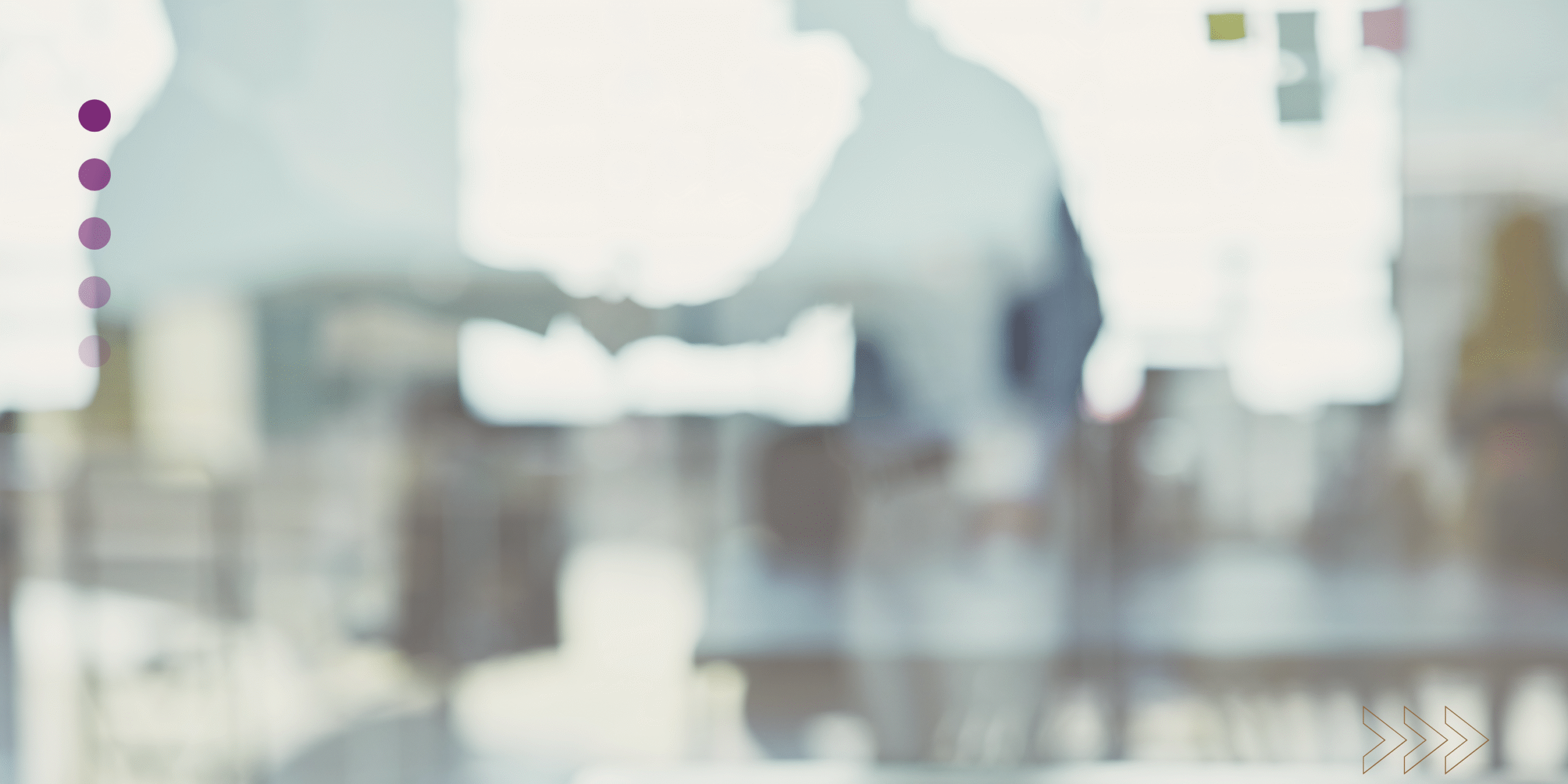
Why Your Event Needs More Psychology Than Pinterest Boards
Event planning is a mix of creativity, strategy, and attention to detail. But beyond Pinterest-perfect visuals and Instagrammable moments, what truly makes an event unforgettable? The answer lies in understanding the psychology of events—how guests interact with their surroundings and how an event makes them feel.
1. The Psychology of Experience
When it comes to creating unforgettable events, designing an experience is key. Events that leave a lasting impact are those that engage more than just the visual senses. Guests should feel emotionally connected to the space, and that’s where psychology comes in.
Emotional Resonance in Events
The design of an event isn’t just about choosing the right color palette or selecting elegant decor—it’s about crafting an emotional journey for your guests. The psychological impact of an event begins the moment guests walk into the venue.
- Sound: Research shows that music triggers powerful emotions and can enhance or alter the atmosphere. The type of music played can shape guests’ mood and behavior.
- Lighting: Lighting plays a critical role in creating the right ambiance. Dim lighting can create intimacy, while bright lighting energizes a space. Subtle changes in lighting temperature can also influence how we perceive a space emotionally.
- Scent: Believe it or not, scent can trigger memories and influence mood. Ever walked into a room and felt instantly relaxed because of a familiar smell? This can be replicated in events to create a sensory connection.
2. Energy Flow & Space Planning
An often-overlooked aspect of event design is the flow of energy throughout the event space. Understanding how people move through a venue can affect everything from layout to guest interactions.
The Role of Layouts in Psychological Design
The flow of a space—how guests move through it—can greatly influence their experience. For example, creating open spaces allows for easy conversations and mingling, while strategic placement of seating arrangements can encourage or discourage interaction.
- Open Spaces: Open areas are ideal for networking and social interaction, but they also help avoid feelings of congestion and crowding.
- Flow of Movement: The path guests take to get from one area to another should be intuitive and easy to navigate. Confusing layouts can cause frustration or anxiety, whereas a well-planned space ensures guests feel comfortable and engaged.
3. Social Psychology of Event Design
Events are social experiences, and understanding human behavior is essential for creating meaningful interactions. Event designers often use principles from social psychology to influence how guests engage with each other.
Creating Safe and Inviting Spaces
People are naturally drawn to spaces that feel safe and welcoming. Thoughtfully placed seating areas encourage guests to interact with others and form meaningful connections.
- Group Dynamics: Knowing where to position guests to foster conversation is critical. Social psychology principles teach that people are more likely to engage with others when they feel comfortable and confident in the environment.
4. The Role of Colors and Shapes
Colors are not just visually stimulating—they also carry deep psychological meanings. Studies show that colors can affect mood, behavior, and even decision-making.
Psychological Impact of Colors
- Red: Associated with energy, passion, and excitement.
- Blue: Calm, trust, and serenity.
- Yellow: Happiness and optimism.
Incorporating colors strategically in an event can guide emotional responses. For example, using soothing tones like blues and greens in a wedding can promote a relaxed, tranquil atmosphere, while bright yellows and oranges could be used to generate excitement at a corporate launch.
5. Sensory Details That Matter
Beyond what we see and hear, the senses of taste, touch, and smell all play a pivotal role in creating a complete experience.
- Taste: The food you serve at an event doesn’t just need to be delicious—it needs to align with the theme of the event and cater to the emotional journey you’re trying to create.
- Touch: The textures in the decor and furniture—soft velvets, smooth glassware, or luxurious linens—contribute to the sensory experience of your guests.
Conclusion: A Thoughtful Approach to Event Design
Creating an event that resonates with your guests involves more than just aesthetics. It’s about creating a multi-sensory experience that taps into the emotions, energy, and behavior of everyone involved. Whether it’s a lavish wedding or an intimate corporate retreat, designing with the psychology of your guests in mind will leave them with memories that last far beyond the event itself. In the next post, we will discuss the anatomy of a successful event, breaking down the critical phases that transform ideas into reality.


Leave a Reply